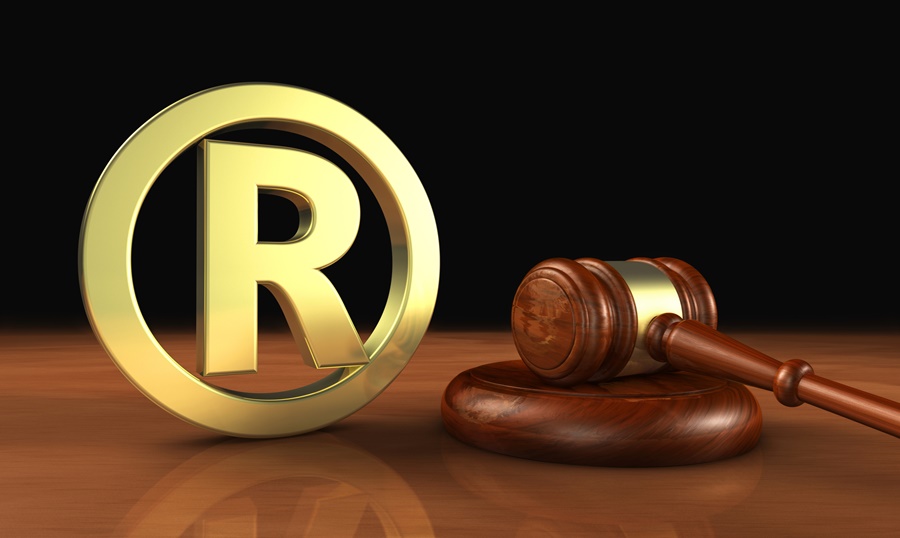INTELLECTUAL PROPERTY INFORMATIONS

Here is information on intellectual property and its components.
Patents
A patent is a document by which the government of a country allows a protection on an invention.
The patent provides to the patent owner the exclusive right to make, use and sell this invention inside the country in which the patent is in force. Generally, a patent remains in force from its issue date and for a period of twenty years starting from its filing date.
A patent agent may be hired by an applicant to try to obtain a patent having the best possible protection for the invention. The patent agent thus prepares a patent application and deals with the governmental patent Office in the steps towards obtaining a patent. But the final decision on the allowance or the refusal of a patent is taken by the patent Office.
To obtain a patent in more than one country, it is necessary to file an application in each country, and each application will be inspected independently.
Patentability criteria
To be patentable, an invention must comply with the criteria of novelty, unobviousness and utility, i.e. must be susceptible of commercial or industrial applications.
Moreover, it is highly recommended that no public disclosure of the invention occur before the filing of the patent application. A public disclosure can be, for example, the sale or the advertising of a product. The occurence of such a public disclosure before the patent application filing date can prevent a patent from being granted in most countries. There exists however in Canada and the United States a one (1) year grace period before the filing of the patent application during which a public disclosure of the invention may occur without hindering the validity of a potential patent in those two countries.
For more information, please consult the following documentation:
Trade Marks
A trade mark is a word or a group of words, possibly combined with a particular styling of this word or group of words, used to distinguish the source of wares or services on the market. It is possible to obtain an exclusive right on a trade mark, in association with particular wares or services, by registering this trade mark before the government of a country. Examples of publicly known registered trade marks are McDonalds and Coca-Cola.
It is necessary to register the trade mark in each country in which such a protection is desired, and the decision whether a trade mark will be registered or not will be taken by the trade marks offices of the countries in which a trade mark application is filed.
Our role is to act on the applicant's behalf before the governments of the countries in which (s)he desires to protect a trade mark to attempt registering this trade mark.
For more information, please consult the following documentation:
- Advantages of registering a Trade-Mark
- Trade-Mark registration process
- Preserving a Trade-Mark registration
Industrial designs
An industrial design relates to the visual characteristics of the configuration, the ornament or the decorative elements of an object. For example, the shape of a table of the decoration of a spoon handle. The object can be hand-made or made by means of a tool or machine.
The design must have characteristics whose purpose is to catch the eye. Even though the Industrial Design Office does not evaluate the aesthetic quality of these characteristics, it will evaluate its originality.
Copyrights
In simple words, the expression "copyright" means "right to reproduce". Only the owner of a creation is allowed to make or copy this creation or to allow someone else to do so. The creation can be artistic, literary or musical. For example, computer software code is often protected by a copyright. The copyright in fact exists automatically upon completion of the creation. However, it can be advantageous to register this copyright. We take care of obtaining such registration for our clients.
